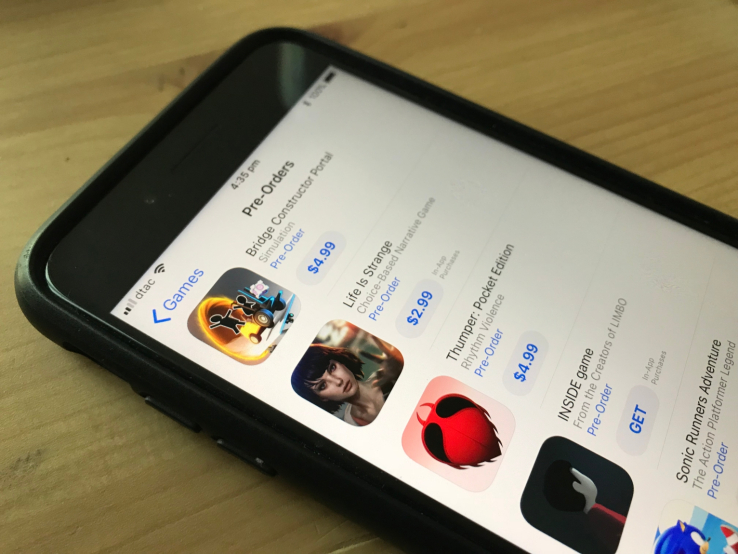

Apple is said to be working on a way to allow developers to build apps that work with touchscreen input on iPhone and iPad, and with mouse and trackpad on Mac devices, to be implemented next year, according to Bloomberg. The system would unify development environments for both of Apple’s main computing platforms, iOS and macOS, allowing them to target all devices with a single app instead of having to develop separately for each.
According to Bloomberg, Apple intends to roll this out as part of the iOS and macOS fall updates (version 12 and 10.14, respectively, if numbering remains in keeping with current versions) that usually arrive for consumers alongside new iPhone hardware in the later part of the year. It could begin making the tools available to developers earlier, however, per the report, in advance of a broad consumer release. Bloomberg suggests we could hear about these plans publicly for the first time at Apple’s annual World Wide Developers Conference in early summer, should they remain on track.
Common apps, possibly with a single App Store, could go a long way towards helping improve the situation in the Mac App Store, which has not done nearly as well in terms of consumer reception and library of offerings compared to its iOS counterpart. It would also be a lot easier for users new to both platforms, since they could rest assured that when they get a piece of software in once place, it’ll also work in the other without issue.
It’s also on trend in terms of the broader industry – Google made it possible to run Android apps on its Chrome OS desktop operating system earlier this year, and Windows has had a single OS for its tablet/hybrid and more traditional desktop devices for a while now.
Unifying the app layer of both iOS and macOS could also preface a move some anticipate Apple making down the road – building its own ARM-based chips for powering its notebook and desktop computers. The biggest challenge of switching processor types is typically making sure that all the same software users want remains available, so front-loading that challenge by combining the app platforms while macOS is still on Intel is a good workaround for that.

